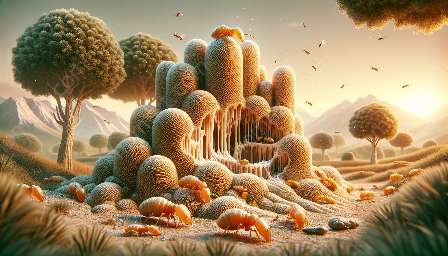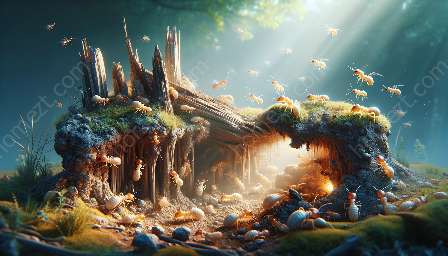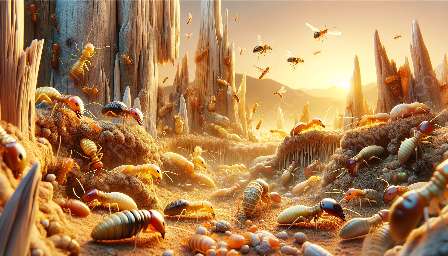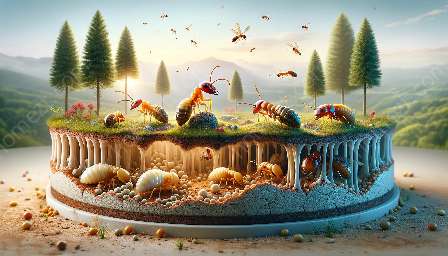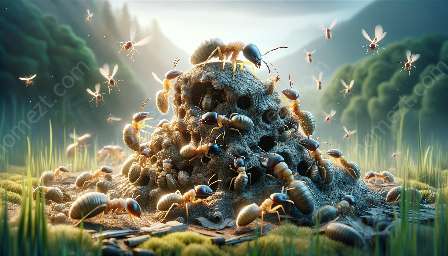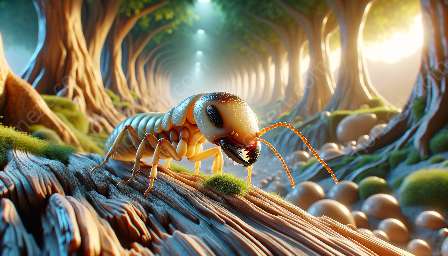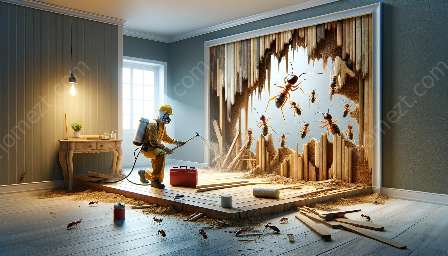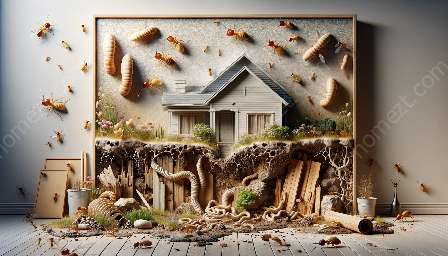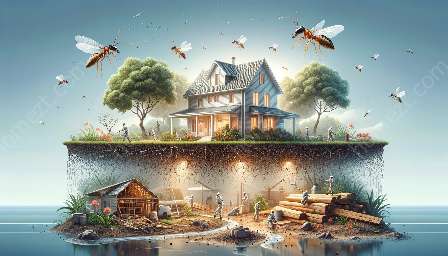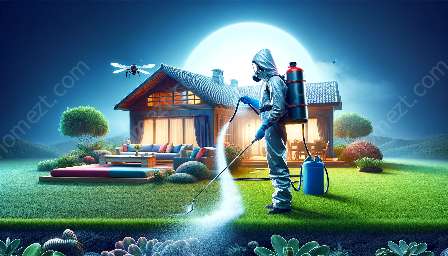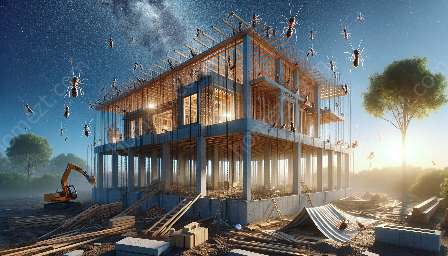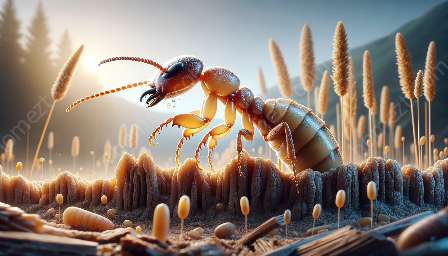Termites are a serious threat to structures and can cause significant damage if not properly managed. In this guide, we will explore termite behavior, prevention strategies, and treatment options to help you effectively control termites and improve overall pest control.
Understanding Termites
Termites are social insects that live in colonies and feed on cellulose materials such as wood. They are known for their destructive feeding habits and can compromise the structural integrity of buildings and furniture.
There are different species of termites, but the most common types found in the United States are subterranean termites, drywood termites, and dampwood termites. Each species has unique behaviors and may require different management approaches.
Termite Behavior
Termites are often referred to as 'silent destroyers' because of their ability to remain hidden while causing extensive damage. They can enter buildings through tiny cracks and crevices and establish hidden colonies within the structure.
Termites are known for their specific roles within the colony, including workers, soldiers, and reproductives. Understanding their behavior and life cycle is crucial for effective termite management.
Preventative Measures
Preventing termite infestations is key to effective pest control. Some preventative measures include:
- Regular inspections: Conducting regular inspections can help identify early signs of termite activity and enable prompt treatment.
- Moisture control: Termites are attracted to moisture, so keeping the building dry can deter infestations.
- Sealing entry points: Sealing cracks and crevices can prevent termites from entering the structure.
- Using termite-resistant materials: Incorporating termite-resistant materials during construction or renovations can reduce the risk of infestation.
Termite Management Methods
There are several effective methods for managing termites, including:
- Chemical barriers: Using liquid termiticides or baits can create a protective barrier around the structure to eliminate termites.
- Physical barriers: Installing physical barriers like metal screens or sand particles can prevent termites from accessing the structure.
- Biological control: Implementing natural predators or parasites of termites can help control their populations.
- Heat treatment: Exposing infested areas to high temperatures can effectively eliminate termites.
- Integrated pest management: A holistic approach that combines various methods to manage termites sustainably.
Professional Pest Control Services
For severe infestations or complex termite management needs, seeking professional pest control services is advisable. Pest control experts can conduct thorough inspections, identify the extent of the infestation, and develop a tailored treatment plan.
When choosing a pest control service, it's essential to consider their experience, reputation, and commitment to sustainable and safe termite management practices.
Conclusion
Effective termite management is crucial for protecting structures and ensuring comprehensive pest control. By understanding termite behavior, implementing preventative measures, and selecting suitable treatment options, you can effectively manage termites and minimize their impact.

